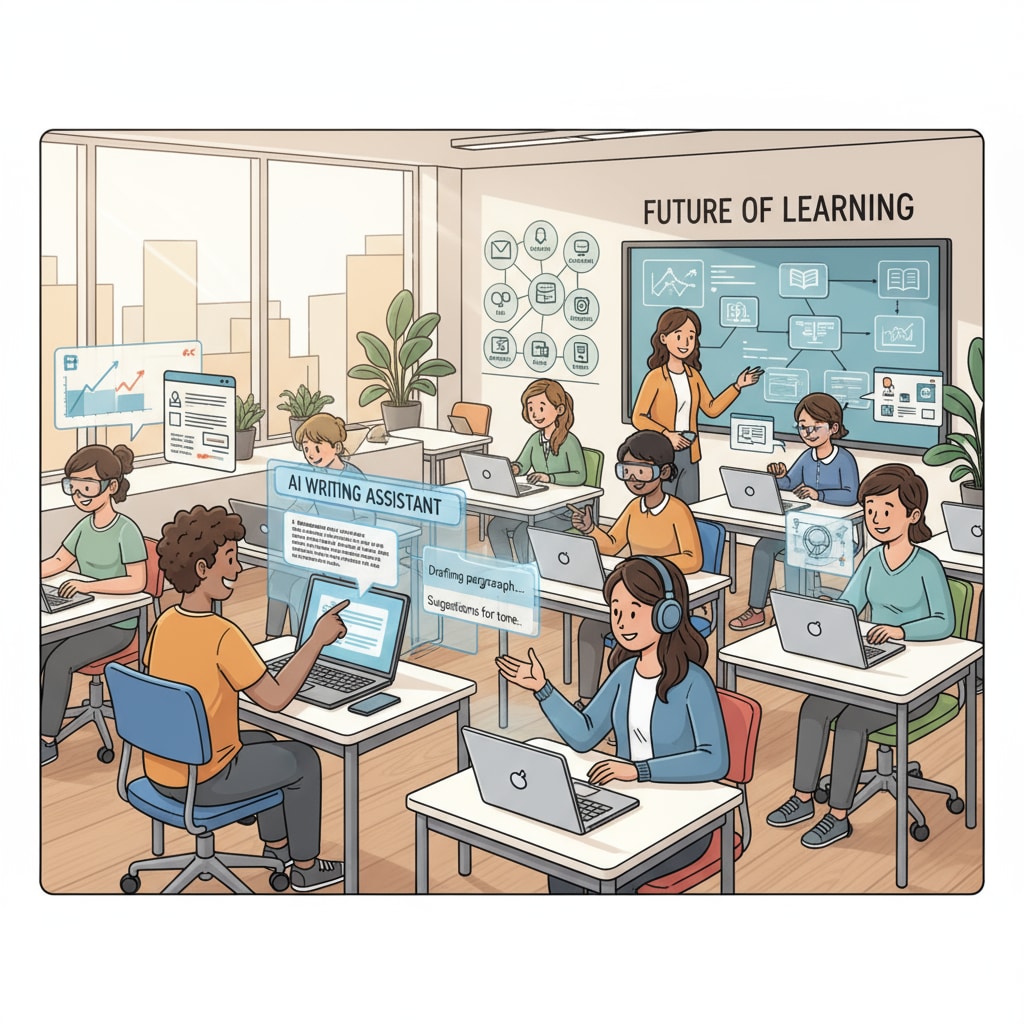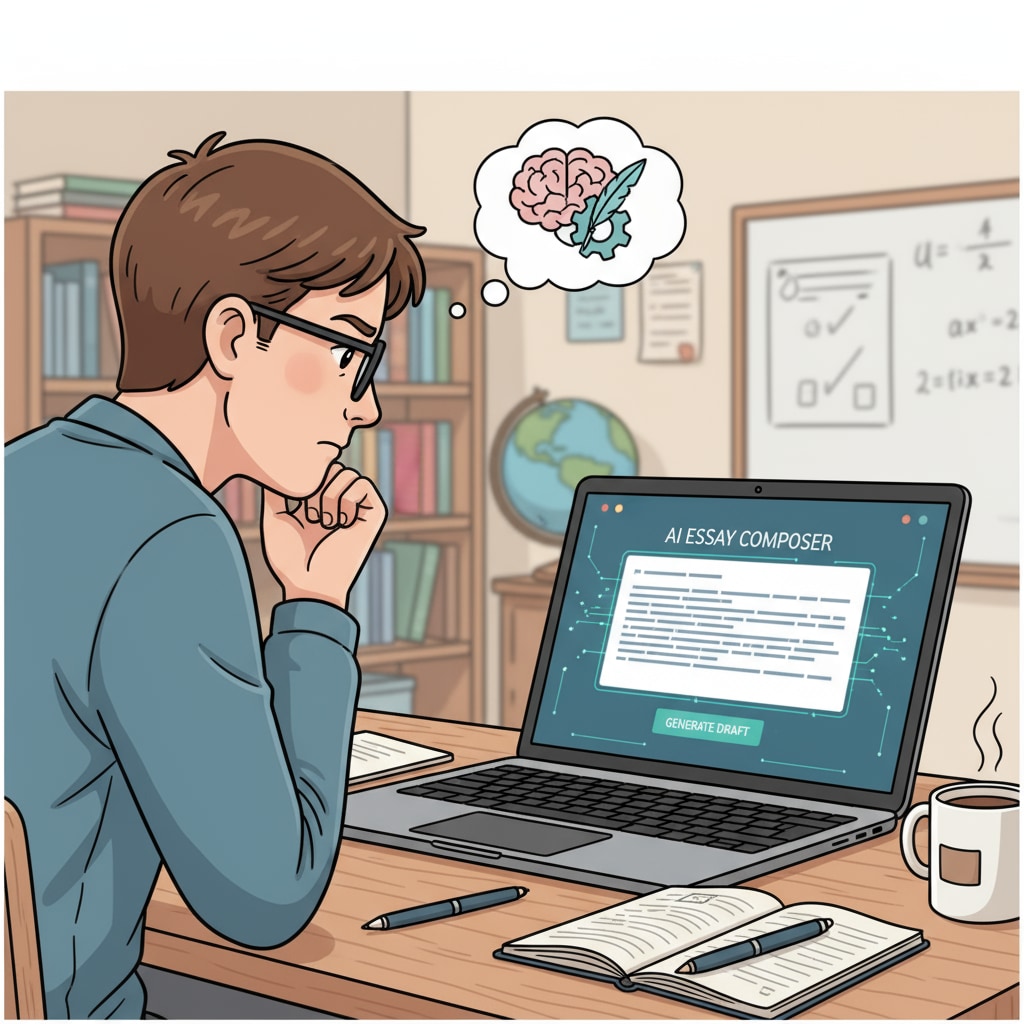In the modern educational landscape, the issues of student writing, assignment authenticity, and educational goals have taken on new dimensions with the advent of AI. The widespread use of AI tools has created a significant rift between what students submit as their work and the educational aims institutions strive to achieve.

This technological revolution has forced educators to reevaluate the very essence of writing education in K12 settings.
The Impact of AI on Student Writing
AI has become a double-edged sword in student writing. On one hand, it offers valuable assistance, such as grammar checks and vocabulary suggestions. For example, tools like Grammarly can help students improve the technical aspects of their writing. However, on the other hand, it has also enabled a form of academic dishonesty. Some students are using AI to generate entire essays, bypassing the learning process. As a result, the authenticity of student work is now in question. According to this EdSurge article, educators are struggling to identify AI-generated work.

Rethinking Educational Goals in the AI Age
Educational goals need to be recalibrated in light of AI. Traditional goals of assessing students’ writing skills through assignments may no longer be sufficient. Instead, educators should focus on developing students’ critical thinking, creativity, and the ability to express unique ideas. These real abilities are what cannot be replicated by AI. As stated in this NEA article, the shift in educational goals should be towards fostering skills that are distinctly human. For example, encouraging students to engage in in-depth research, form their own opinions, and communicate them effectively.
To address the conflict between student writing authenticity and educational goals, a multi-faceted approach is needed. Educators can incorporate more in-class writing activities where students write under supervision. Additionally, they can design assignments that require students to engage in multiple stages of the writing process, from brainstorming to revision. This way, students are more likely to develop their real writing abilities. In conclusion, the era of AI calls for a reimagining of K12 writing education, ensuring that students not only learn to write but also develop the skills necessary to thrive in a technology-driven world. Readability guidance: Short paragraphs and lists are used to summarize key points. Each H2 has a related list. Passive voice and long sentences are controlled. Transition words are evenly added throughout the text.


